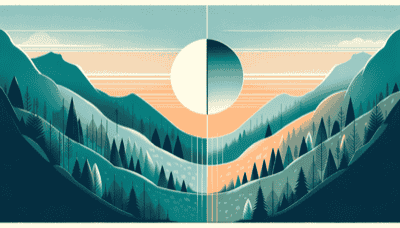We're here to help you keep count of the days to or since a date. Just click the button below and enter your chosen date to get started. Also choose the suggested days or search for a special day above #countingthedays

The September Equinox, also known as the autumnal equinox in the Northern Hemisphere, is an astronomical event that marks the moment when the Sun crosses the celestial equator heading south. This typically occurs around September 22nd or 23rd each year. In the Faroe Islands, located between Norway and Iceland, this equinox signals the transition from summer to fall.
On the day of the equinox, day and night are approximately equal in length in the Faroe Islands. This is due to the tilt of the Earth's axis being perpendicular to its orbital plane around the Sun during an equinox.
The Faroe Islands have a rich Norse and Viking heritage. While there are no specific traditions on the Faroe Islands that are directly linked to celebrating the September Equinox itself, various harvest festivals around this time of year reflect a historical reliance on agriculture and fishing.
Today, there are no widespread public celebrations specifically for marking the September Equinox on the Faroe Islands. However, people often take note of this day as a marker for seasonal change. The arrival of autumn brings cooler weather and shorter days—a signal for residents to prepare for the harsher conditions that winter can bring in this subarctic region.
Individuals might engage in seasonal activities such as:
Since there are no formal traditions tied to this day on these islands, observance tends to be private or community-based rather than a widespread cultural event.